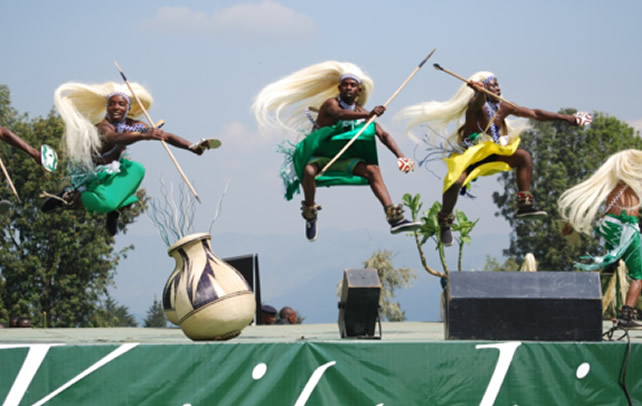The calm yet very charming Rwandan capital city of Kigali is situated in the focal point of the country, where it straggles over several hills and valleys, spreading over elevations of around 1,300m to 1,600m. The city was established in 1907 at an area chosen by Dr Richard Kandt, who built an administrative home near the present-day Gakinjiro Market. After two years, 20 houses were assembled near the present-day prison (one of which has been reestablished as a characteristic history museum) on the eastern incline slopes of Nyarugenge Hill, which now shapes the business downtown area.
Kigali remained a little and confined colonial station before 1916, when Belgium caught it from Germany. Under Belgian rule, Kigali held a crucial managerial part, yet urban development was slow and bound basically to Nyarugenge. For sure, when Rwanda picked up freedom (independence) in 1962, the number of inhabitants in Kigali remained at close to 6,000. At the point when Ruanda-Urundi (the capital of which was Usumbura, now Bujumbura) split into Rwanda and Burundi, the most strong contender to end up being Rwanda’s new capital appeared to be Butare, which had been the more essential administrative center amidst colonization.
Be that as it may, Kigali’s focal position and good street connections to whatever is left of the nation won out. Therefore, while Butare has kept away from capital-city boldness and remains generally quiet, Kigali has become drastically, with a population that had ascended to 240,000 by 1991 and is probable to pass the one-million mark amid the lifespan of this edition. The business downtown area is still centered on Nyarugenge Hill, while the government and business quarter is further east on Kacyiru Hill. In the middle of and around these lifted twin focuses, void spaces on the hillsides are loading with new houses, and contamination in the valleys (from the expanding volume of traffic) could soon be a big issue.
The focal point of Kigali is glimmering, beautiful and a little noisy, however (for an African city) shockingly clean and safe (with no doubt, in 2008, Kigali was successfully declared the cleanest city on the African continent, when it turned into the primary African urban focus to be given the Habitat Scroll of Honor grant, an annual award dispatched by the UN Human Settlements Program in 1989). Kigali’s occupants, from smart suited businessmen to scruffy children peddling daily newspapers or pirated cassettes, go deliberately about their activities, just diminishing tempo quickly amidst the day. Occasional traffic lights, roundabouts, an entirely authorized one-way road system and a cacophony of car horns manage (pretty much) to direct the movement, despite the fact that it’s substantial and congested at peak times.
Quiet, tree-lined private residential extend outwards and for the most part downwards from the city’s heart, and give guests scope for walking.
The government and administrative area in Kacyiru quarter is more up to date and calmer, with wide avenues and some striking cutting edge engineering. Kigali was the focal point of much battling amid the genocide and workplaces were scoured; when Workers returned after the end of the war they had basically no usable typewriters, Also files, Phones, stationery or furniture and had to start again from petty nothing. Archives and other documentation had been destroyed.
There are not really many tourist attractions in Kigali itself and you’re unlikely to want to spend there a number of days there because of the welcoming and pleasant ambience, but there are some good hotels, the services (Shops, banks, etc) are in plenty making it an excellent foundation for exploring the rest of Rwanda, all parts that are easily accessible by road in ‘ less than a day. Car-hire is easily arranged through tour operators and travel agencies that seen to be really in Rwanda
